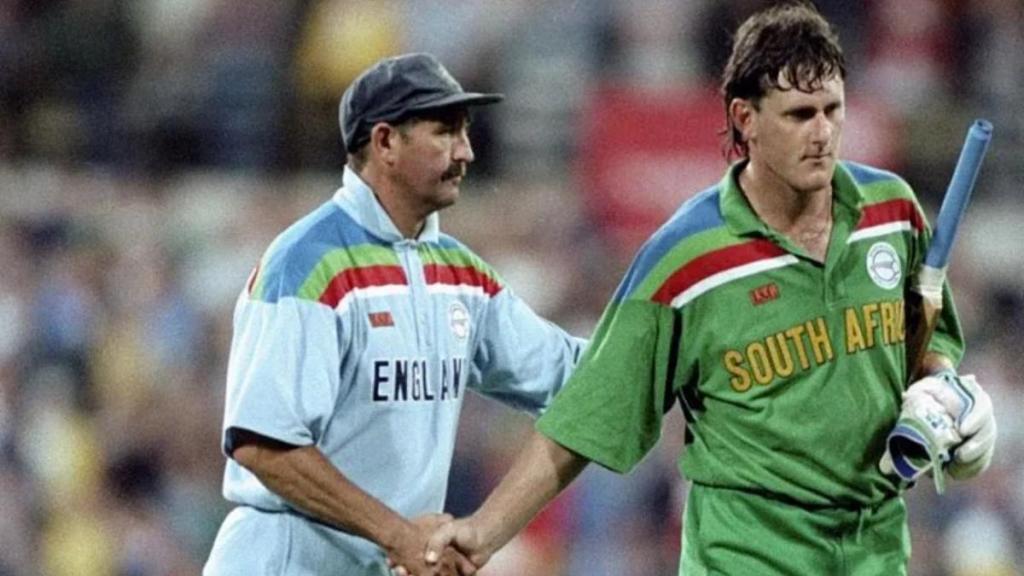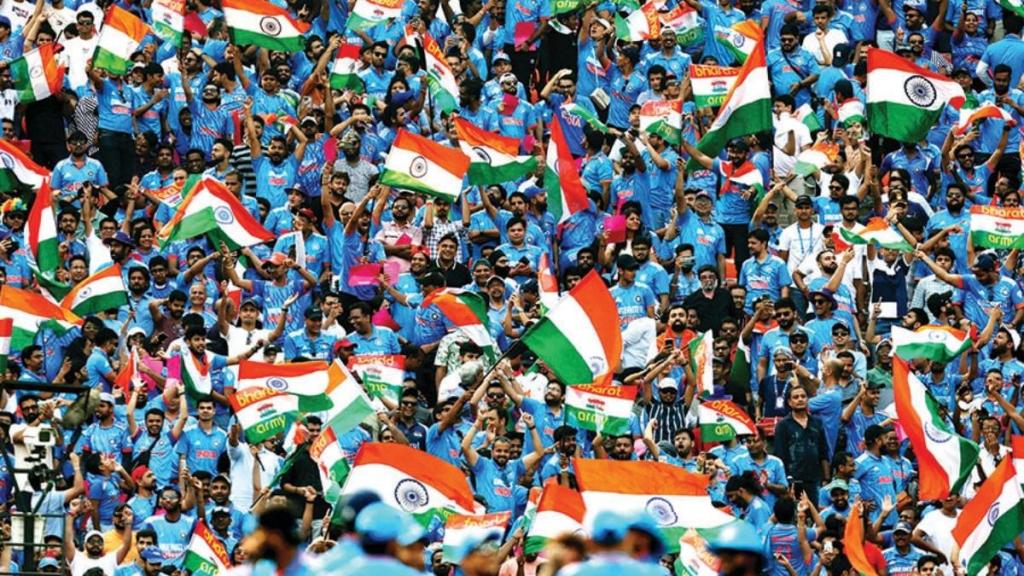Cricket Diaries: Cricket has been termed a game of glorious uncertainties in more ways than one. Since the very conception of cricket, it has seen tremendous changes. Still, one such idea, which has been incorporated just very lately, is the DLS method of Duckworth-Lewis-Stern, or the method for deciding over and recommencing a match after an interruption due to rain.
Initially designed to offset some of the raucous issues of rain during the limited-overs matches, DLS has made a significant change in the manner with which a match should ideally be conducted and, in turn, has influenced plans, thinking, and audience activity.
Introduction Of The DLS Method
The DLS method was launched as a development of the original Duckworth-Lewis method, which was developed by Frank Duckworth and Tony Lewis, in the 1990s. Its objective was to offer a fair and equitable manner in which to recalculate target scores for interrupted matches. The inclusion of Stern’s name in 2014 underlines the enhancement it developed to make it more accurate and relate it to the dynamics of modern games.

Resource Management is at the core of the DLS system. A definite number of overs and a number of wickets is assigned to each team. In case of an interruption of a match, DLS resets the target score on the number of overs remaining along with the number of wickets left for the batting team by maintaining equity amongst the teams regardless of the interruption time.
Strategic Shifts
However, arguably the most profound impact of DLS is the strategic turn it has caused in the game. Captains and coaches have to think on their feet frequently to adjust their strategy mid-match. It was a team that was aggressively up on its game when it suddenly found itself at the mercy of being forced to make batting strategies more aggressive or at least rethink their bowling changes.
Furthermore, the vagueness provided by DLS forces teams to design more realistic game strategies. Batsmen are now taught not only to put up huge partnerships but to accelerate their scoring at crucial moments, aware that unexpected rain may revolutionize their target.
Also Read: KL Rahul’s Future In IPL 2025: Speculation Surrounds His Move From Lucknow Super Giants
Impact On The Players
The psychological aspect of DLS cannot be ignored. This makes the players aware of the fact that they may get the worst kind of performance affected because of the external conditions. This encourages a lot of adaptability as players have to psyche themselves for abrupt changes in the game’s context. The pressure of performance under the cloud of impending rain adds something else and has to be as important mentally as it is technically.

Another major issue concerning the method has been fairness and transparency in its application. Suddenly, many teams demand explanations on DLS calculations that deny games and which can cause stress and conflicts. Again, clarity and education are needed, which brings about high demand and gets governing bodies to communicate effectively to the player and the fan .
Fan Engagement
DLS has also transformed the spectator experience. Spectators, both within the stadium and at home, have become more attentive to the mathematical complexities of the game. Real-time DLS computations in televised matches make it easier to understand how rain can alter the direction of a match. As cricket becomes an increasingly data-intensive sport, fans are gaining more knowledge of the statistics that underpin these decisions, and thereby the distinction between casual spectatorship and critical engagement blur.

And it has caused some unforgettable, though controversial, moments in cricketing history. Matches have swung dramatically with rain interruptions, and people well after the last ball is bowled spend hours discussing those gripping narratives. This has rid DLS of being mere statistical adjustment and created a role for it in the drama of cricket.
Also Read: Ravi Shastri Names THIS Player As The Match Winner For Team India













